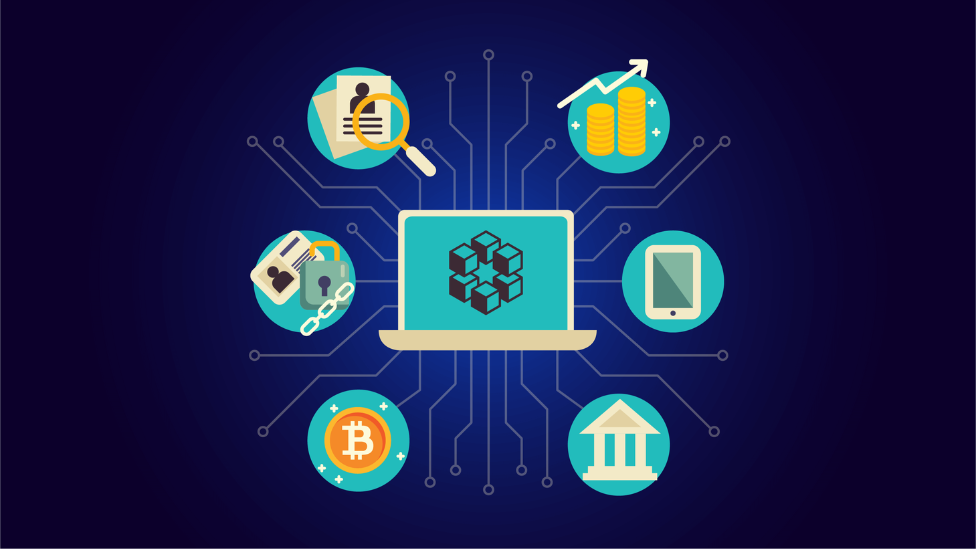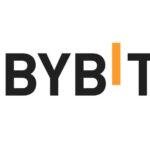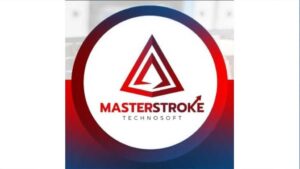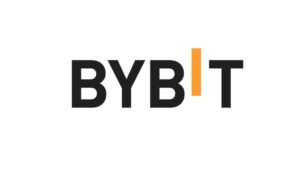Blockchain technology and the Internet of Things are arguably the most revolutionary innovations of the 21st Century. While IoT has not achieved the same level of adoption as blockchain, its potential has proven to be highly disruptive in many sectors. However, while blockchain and IoT are impressive innovations on their own, their merger is set to become one of the most powerful deployments in recent years.
What is Blockchain Technology?
Blockchain technology is a digital ledger that records transactions and distributes them across the network. One of the most significant features of blockchain technology is its immutability. This means that data cannot be altered on the blockchain network once it is added. This feature helps prevent data manipulation.
There are generally two forms of blockchain technology: public and private blockchains. A public blockchain network does not restrict membership. Hence, every person can have access to the transaction data stored in a public blockchain. However, private blockchains are more restrictive. They are used by companies that prefer to run a permission system to keep their data private.
What is IoT?
The Internet of Things is an interconnection of devices that ultimately communicate with one another. It is a network of objects (referred to as “things”) embedded in sensors to exchange data. Currently, there are over 17 billion IoT devices in the world, and this number is set to get bigger in the coming years.
One of the primary utilities of IoT is the seamless communication it provides. Today, devices can promptly exchange data and perform highly sophisticated functions through the IoT network. For instance, your Apple watch can track your heart rate and daily steps because it is built on the basis of IoT functionalities.
Blockchain and IoT: The Convergence
The combination of blockchain technology and IoT will undoubtedly be revolutionary. Of course, the merger of both technologies will involve the incorporation of blockchain features into the IoT network. So, for instance, while the IoT network continues to enable data exchange, blockchain can be deployed to ensure that all data can be traced and verified.
One of the most significant shortcomings of IoT is that it is highly susceptible to hackers. IoT networks operate as a central point of communication. This makes the network susceptible to hack attacks. IoT deployments like medical wearables can be subjected to such attacks. This can lead to drastic information leaks and even loss of lives. However, blockchain can reduce IoT’s security vulnerabilities by providing an additional layer of security.
Possible deployments of blockchain in IoT include supply chain operations and smart home networks. Concerning supply chain operations, blockchain technology can ensure that the data retrieved in real-time by the IoT network is unalterable. This will enhance trust in the supply chain system.
Conclusion
The integration of blockchain technology in IoT systems holds numerous benefits for many industries. As IoT investment continues to get bigger, more stakeholders will likely explore the option of merging blockchain’s utility with IoT’s functionality.




























